1. Overhead Projectors
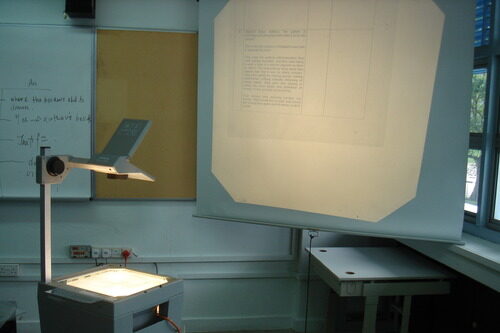
Remember those bulky overhead projectors that teachers would wheel in like they were delivering some top-secret device? They used transparent sheets that had to be carefully placed on the glass so the lesson could be projected onto a screen or wall. The teacher often stood to the side, carefully writing on the sheet with dry-erase markers. If the bulb burned out mid-class, everything came to a screeching halt while the backup projector was hunted down.
Kids today would probably laugh at how enormous and loud they were compared to sleek digital projectors. But back then, this was cutting-edge technology that let everyone in the room see the same math problem or diagram at once. There was something oddly satisfying about the way a teacher would slide the sheet up to reveal the next part of the lesson. Looking back, they almost seem more like museum pieces than school essentials.
2. Slide Rules
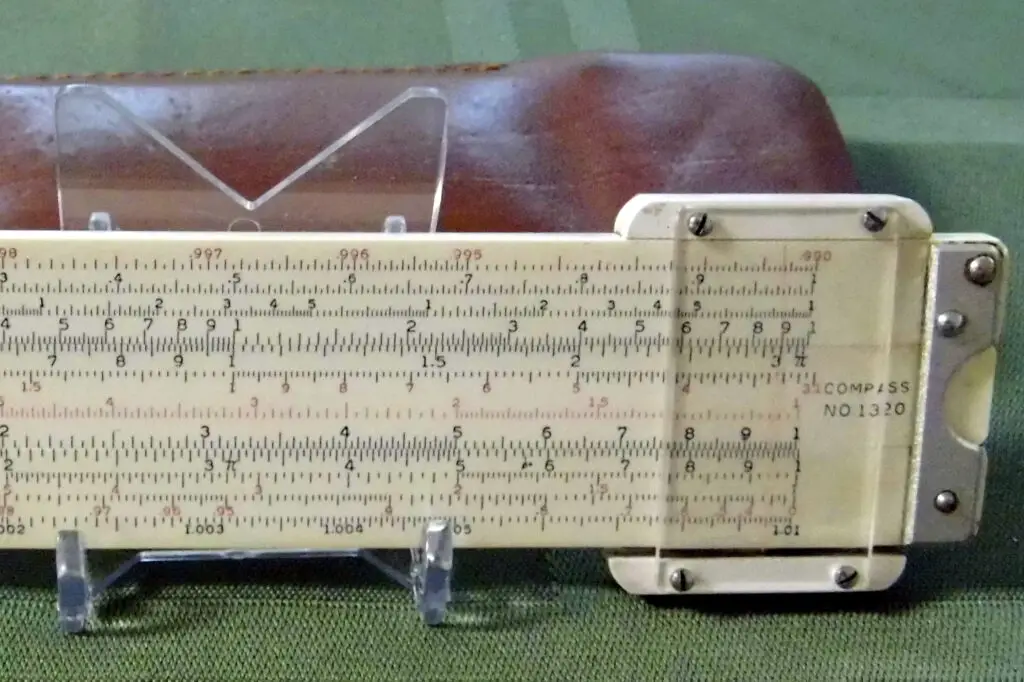
Before calculators were affordable, students learned math with slide rules. These wooden or plastic gadgets looked like rulers but had sliding pieces that lined up numbers to solve equations. They weren’t exactly intuitive, and learning to use one was practically a whole course on its own. For students in the ’60s and early ’70s, carrying one meant you were serious about academics.
Today, they look like strange relics from a world before digital screens. Modern kids might assume they’re some kind of puzzle toy instead of a math tool. While clunky by today’s standards, they taught patience and precision. In a way, they forced students to actually understand the numbers instead of just punching buttons on a calculator.
3. Filmstrip Projectors
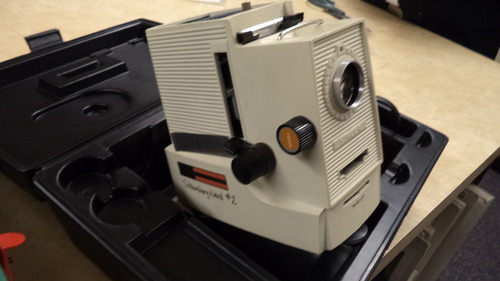
If you grew up in the mid-20th century, you might remember the clicking sound of a filmstrip projector. Teachers would pop in a reel of slides, dim the lights, and press play. Each slide advanced with that classic “ding” sound that signaled it was time to move forward. For many students, it was the closest thing to watching a movie during class.
They now seem hopelessly outdated, especially when compared to streaming videos or smart boards. The filmstrips would jam, burn out, or get stuck halfway through, making the teacher scramble to fix it. Still, there was something exciting about the change of pace when the projector rolled in. It meant a break from the chalkboard and maybe even a short nap in the darkened classroom.
4. Ditto Machines
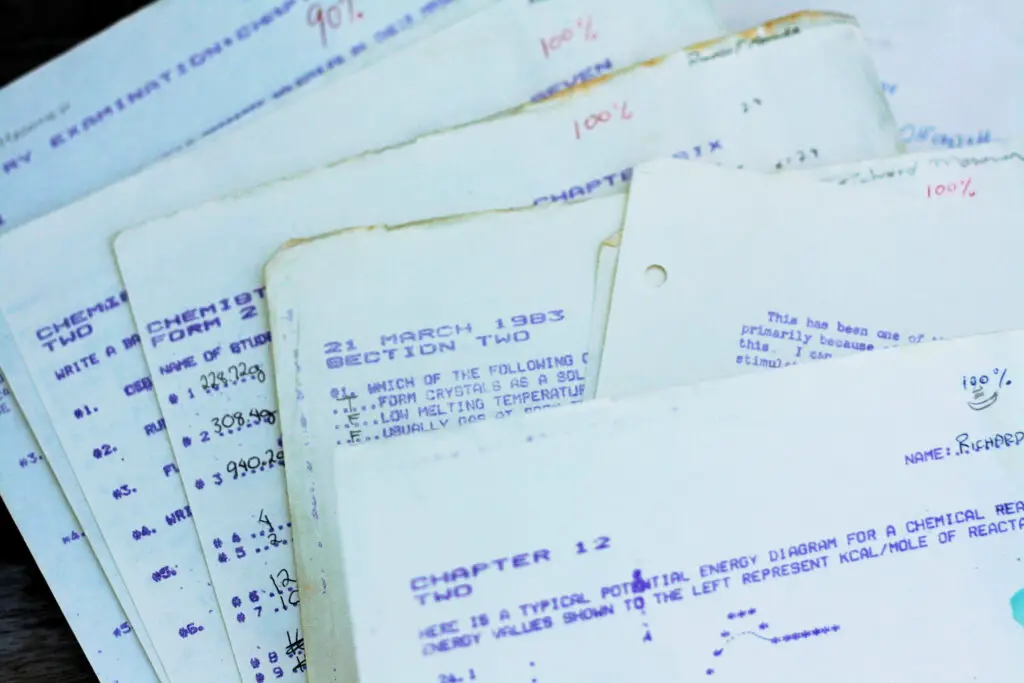
Before photocopiers were common, teachers relied on ditto machines to crank out worksheets. These purple-inked papers had a distinct smell that students either loved or hated. Teachers had to type up assignments on special carbon paper, then crank the handle to churn out each copy. It was messy, noisy, and prone to smudges.
Looking back, the whole process feels like something out of a factory instead of a classroom. The purple ink was faint and sometimes hard to read, but it got the job done. Kids today would probably wonder why anyone went through so much effort when a simple printer can spit out hundreds of copies in seconds. Still, there’s a certain nostalgia tied to the smell of a freshly minted ditto sheet.
5. TV on a Rolling Cart
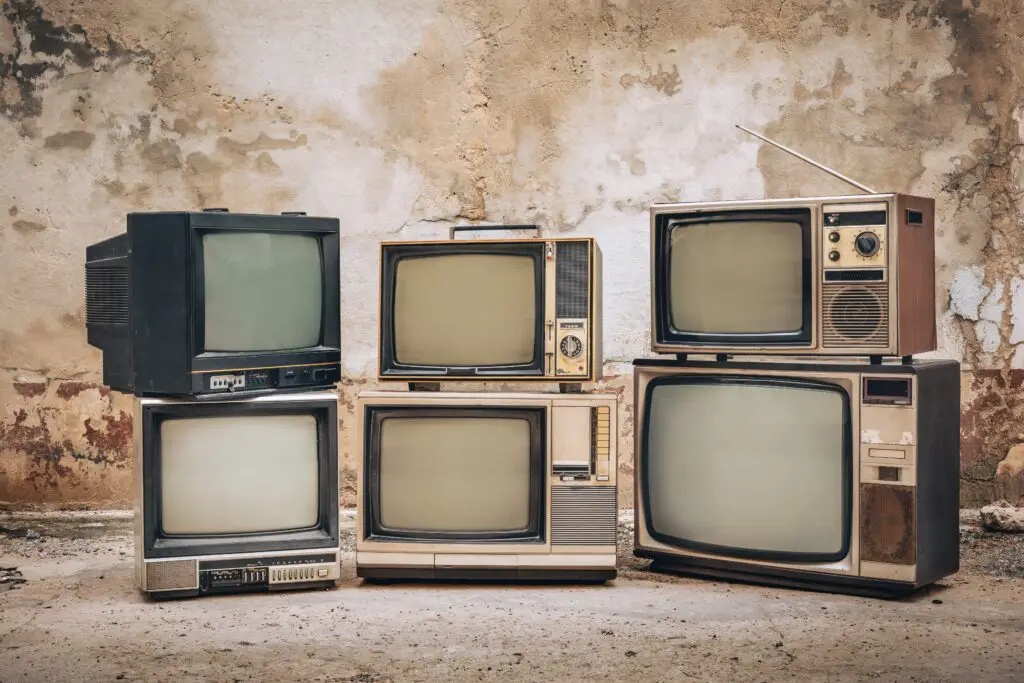
When the television on wheels rolled into class, kids knew it was going to be a good day. Usually strapped down with bungee cords, the bulky TV would be wheeled to the front of the room. Whether it was a documentary, a historical reenactment, or an old VHS tape, it always felt like a treat compared to regular lessons. The VCR that accompanied it sometimes needed a good smack to get working.
Today, kids can pull up YouTube or streaming services instantly, so the concept of waiting for a giant TV cart seems absurd. But back then, it was a symbol of a break from monotony. Watching something on that grainy screen felt like a luxury, even if it was educational. It was the closest thing to a “movie day” in school.
6. Chalkboard Compasses
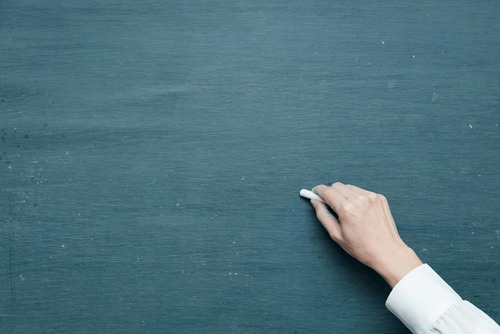
These oversized compasses were designed to draw giant circles on chalkboards. They were usually metal with a piece of chalk on one end and a point on the other. Teachers used them to demonstrate geometry, but they often looked more like weapons than school tools. If one slipped, it screeched against the chalkboard and made everyone cringe.
They were heavy, awkward, and not always accurate, but they got the job done. Kids today would probably wonder why teachers didn’t just use digital projection for perfect circles. But at the time, these compasses were the only way to make large-scale math lessons visible to the whole room. They may look bizarre now, but they were a classroom staple.
7. Card Catalogs in Libraries
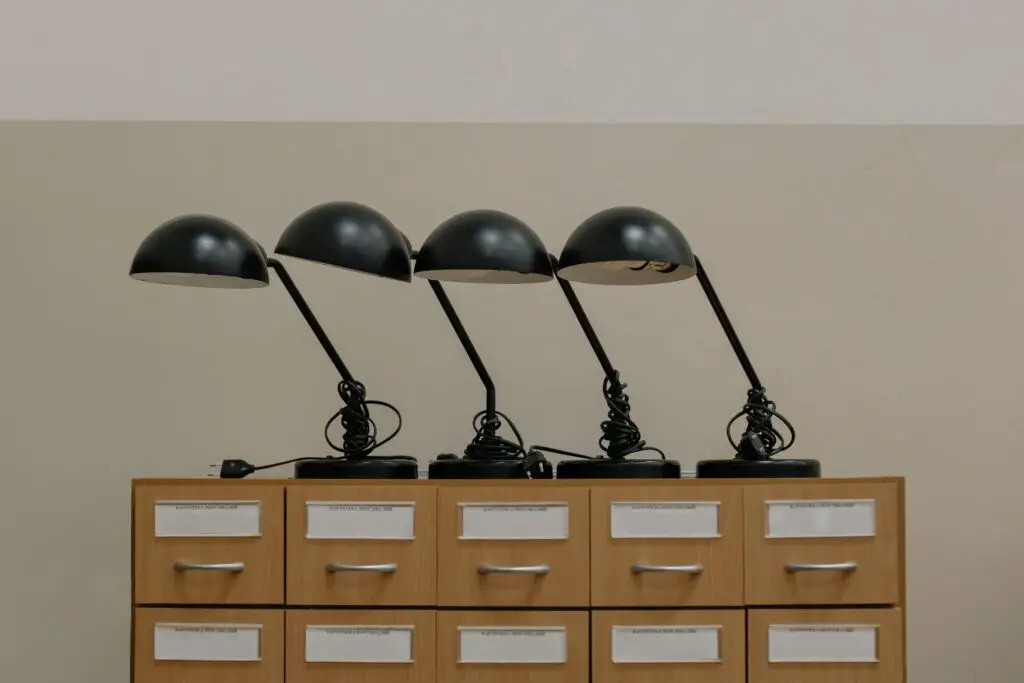
Before computers, students navigated the library using card catalogs. These wooden drawers were filled with hundreds of index cards, each carefully typed with book titles and call numbers. Finding the right book often meant flipping through dozens of cards, then wandering the shelves with a scrap of paper in hand.
Today, the idea of hunting for a book this way feels painfully slow. With just a few keystrokes, kids can now access digital catalogs that cover entire library systems. But there was a certain charm in flipping through those drawers, like unlocking a treasure chest of information. The smell of the paper and the satisfying clunk of closing a drawer made it a tactile experience that can’t really be replicated.
8. Overhead Transparencies
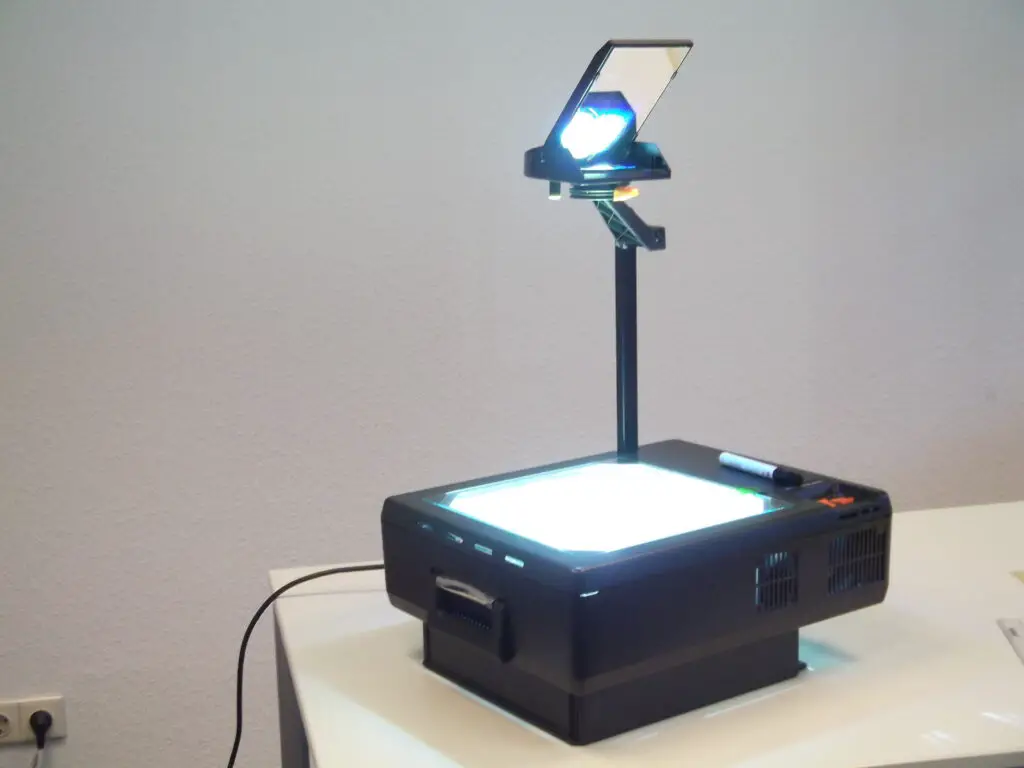
While overhead projectors were the star, the transparencies themselves were gadgets in their own way. Teachers spent hours preparing them, carefully writing notes or diagrams on clear sheets. Some were reusable, which meant erasing them over and over until they were cloudy and scratched.
Students sometimes tried to sneak a look at the pile of transparencies to guess what was coming in the lesson. They might seem strange now compared to PowerPoint slides, but they were surprisingly effective. A single transparency could be used for years, surviving countless classes. They were low-tech, but they were the backbone of many lessons.
9. Pencil Sharpeners on the Wall
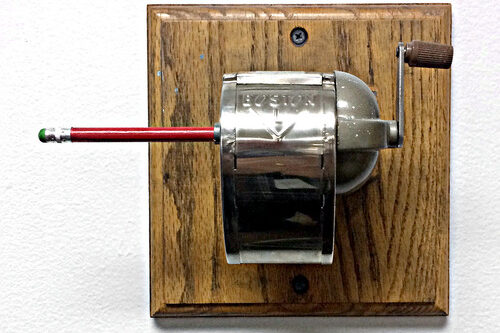
Every classroom had that giant, wall-mounted pencil sharpener. It had a crank handle, and the sound of it grinding was instantly recognizable. Students often lined up just to use it, sometimes more as an excuse to stretch their legs than to actually sharpen pencils. The shavings drawer at the bottom had to be emptied constantly.
Mechanical sharpeners exist today, but kids mostly use disposable pencils or mechanical ones that never need sharpening. The wall-mounted sharpener feels like a quirky relic now. It was a ritual in itself, and sometimes it even became a distraction when kids spun it endlessly. Still, there was something satisfying about walking back to your desk with a perfectly sharp pencil.
10. Overhead Clocks with Buzzers
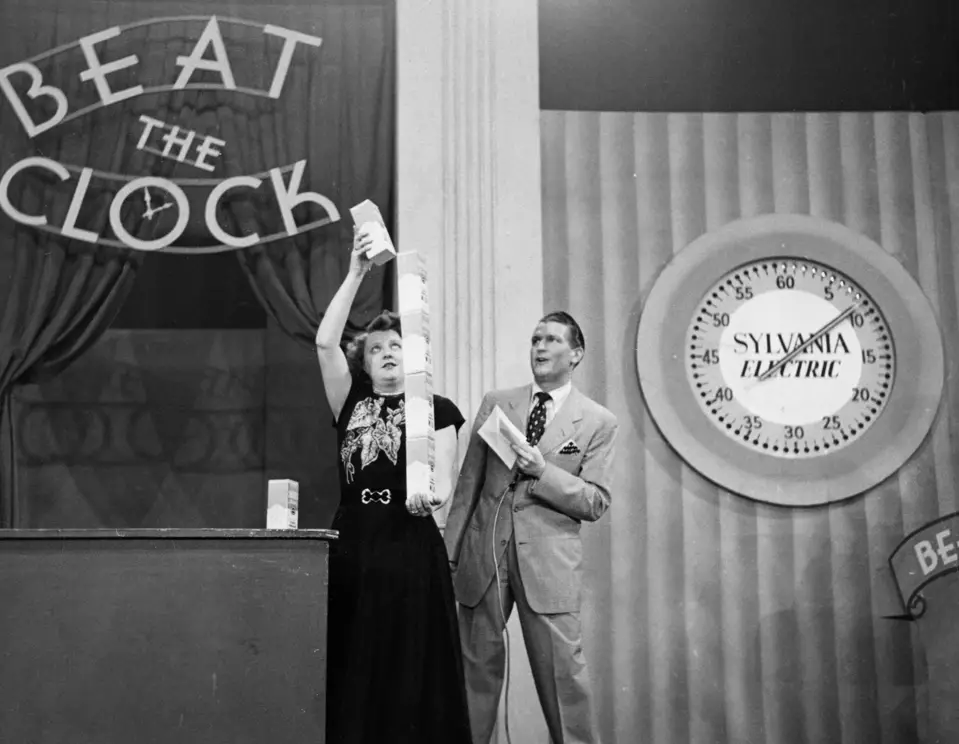
Many schools had those large, industrial-looking clocks mounted above the chalkboard. They often came with a buzzer that rang loudly to signal the end of class periods. The sound was jarring, echoing through the halls like a factory whistle. Students lived by those clocks, counting down the seconds until freedom.
Nowadays, kids have phones and digital clocks everywhere, so relying on one loud buzzer feels almost archaic. But those ticking clocks defined the rhythm of school days for decades. They weren’t just gadgets, they were the heartbeat of the building. Even now, hearing a similar buzz can take former students straight back to their classrooms.
11. Scantron Machines
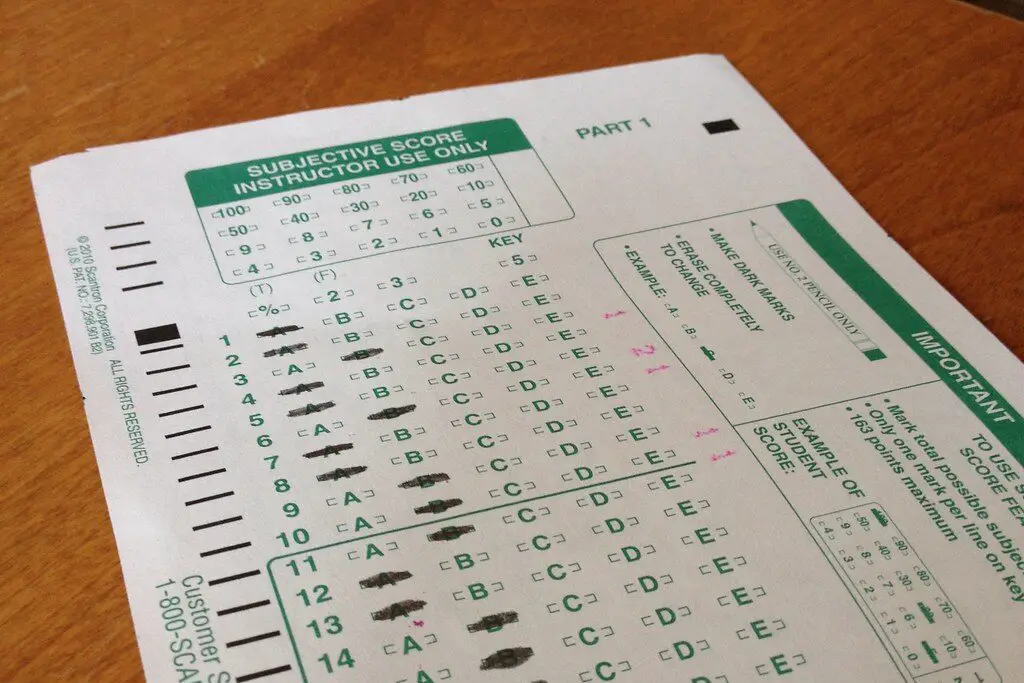
Long before online quizzes, Scantron machines graded multiple-choice tests. Students filled in tiny bubbles with No. 2 pencils, being careful not to smudge outside the lines. The completed sheets were fed into the machine, which read them quickly and spat out results. It was nerve-wracking, because one stray mark could throw off the entire test.
They look clunky compared to modern grading software, but at the time, they were revolutionary. Teachers no longer had to spend hours manually checking each answer. Kids today might find them overly complicated, but for students of the past, the sound of the Scantron machine churning was unforgettable.
12. Tape Recorders for Language Labs
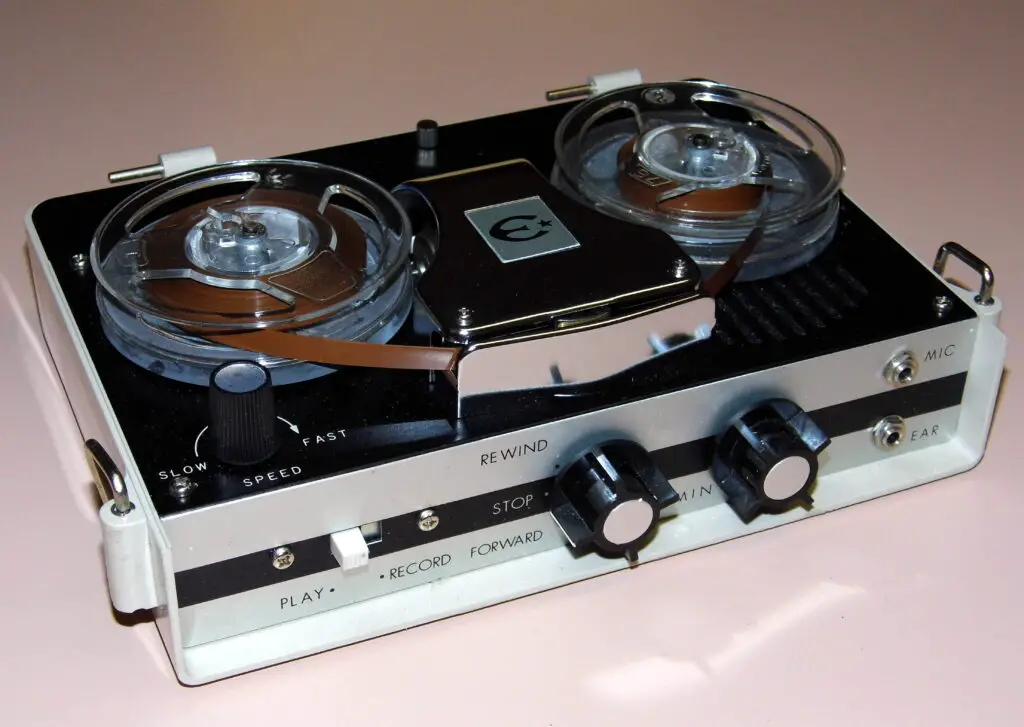
In foreign language classes, tape recorders were standard equipment. Students wore bulky headsets, repeating words into the microphone while their voices were recorded. Then they had to play the tape back and cringe at how they sounded. It was awkward, but it was supposed to help with pronunciation.
Compared to modern language apps, it seems like a painfully slow process. The tapes would sometimes get tangled or erased, and the machines weren’t always reliable. Still, there was something about the tactile experience of pressing “record” and “play” that made it feel serious. For many students, it was their first time hearing their own voice played back.
13. Overhead Speakers for Announcements
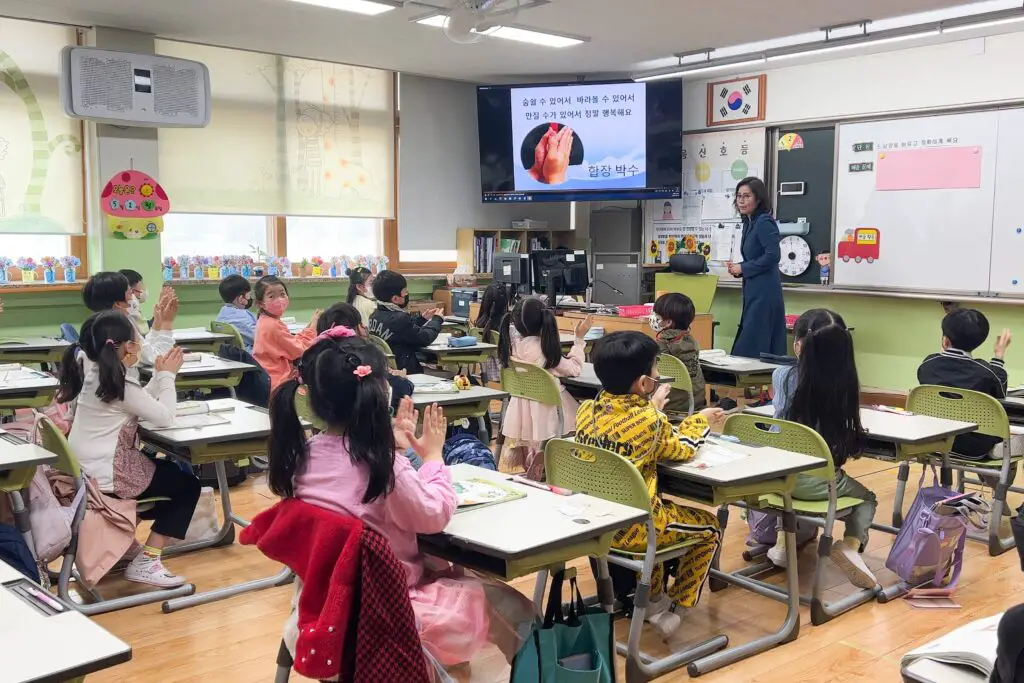
School announcements used to come through overhead speakers installed in every classroom. The principal’s voice would crackle through, sometimes cutting in mid-sentence. Morning pledges, schedule changes, and even fire drills all came through those scratchy systems. If the speaker buzzed, everyone looked up at the ceiling.
Now schools use digital screens, apps, or even text messages to get information out. The old speaker boxes seem almost eerie by comparison, with their gray plastic casing and constant hum. They weren’t glamorous, but they connected the whole building. For kids who grew up with them, that metallic “click” before an announcement still lingers in memory.
